by Pat Saik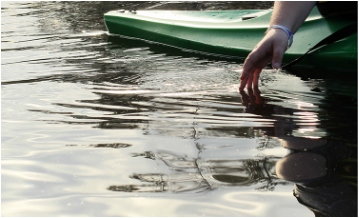 The chilly, overcast winter morning seems like an ominous sign for my first time kayaking on the Jourdan River. Three of us are going to explore the Jourdan River Blueway from the canoe launch at McLeod Park in the Kiln. A local conservationist and outdoor enthusiast (and Cleaver Community Calendar manager), Willard Deal, becomes our guide as we unload and launch our kayaks into the oxbow lake adjoining the river at mile marker 5.5. Within minutes, the sun emerges from the dissipating clouds. The air warms up and the tiny ripples from our paddles glisten and shimmer as we glide effortlessly up the river. The Jourdan River Blueway is one of three blueways, along with several nature trails and a greenway, in the coastal counties of Mississippi marked out by The Land Trust for the Mississippi Coastal Plain. The land trust’s mission is “to conserve, promote and protect open spaces and green places of ecological, cultural or scenic significance in the counties of the Mississippi Coastal Plain.” Will tells me that a blueway is simply “a trail for kayaking and canoeing; an established path on the water.” The Jourdan River Blueway boasts 8.5 miles “through coastal floodplains and a riverine ecological system...past artesian springs, hardwood forests, and through the natural beauty of Hancock County,” according to the brochure (editor's note - download your own PDF copy of the brochure at the end of this article). 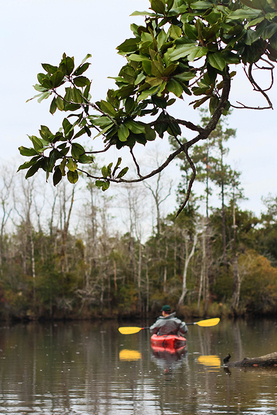 McLeod Park’s canoe and boat launches make a trip to the Jourdan River easy and accommodating. There is a $2 fee to launch a kayak or canoe, and they offer all day or half day canoe rentals. While paddling the river, we notice several camping areas on the banks overlooking the peaceful water. A weekend trip to McLeod Park could be packed with kayaking or canoeing the Blueway, fishing, and camping. Today, the Jordan River seems to stand still, a sign that there has been no rain to feed its current. The water also rests peacefully about five feet lower than usual because of this lack of rain. These are ideal conditions for a beginner or a leisurely paddle - sunny and cool, a very slow current, and almost no boat traffic. We only see two boats today, one as we launch, and another as we walk our kayaks back to the cars. Floating branches and leaning trees reflect perfectly on the glassy surfaces, creating wildly symmetric mirrored forms. We take our time, as there is no resistance against the noses of our kayaks. The bends of the river produces natural beaches where paddlers can stop to picnic or rest. At one beach, Will notices some disturbed sand and animal tracks. He makes note of them, I snap a picture, and he records the coordinates of the beach. Later, he will contact a friend to see if she can identify the tracks. They do not indicate a nest like we hoped, but they are definitely from a sunning small alligator or snapping turtle. It is rare to see gators and snakes this time of year, as they remain mostly dormant in cold weather. article continued below 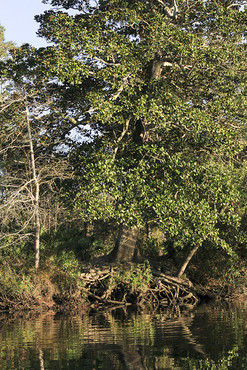 Will explains that many people come out to this area for birding. Upstream we spot a diving duck, vultures, and a flock of ducks flying over head. Migratory shore birds are common this time of year, but many more woodland species can be seen in the warmer months. Kayaking in the winter months has its perks, however. We were the only group of people on the river on a Friday afternoon, something Will explains is extremely uncommon during the summer, when paddlers must be cautious of motor boats, even in “No wake” zones. Today, however, we enjoy undisturbed waters and the peaceful sounds of chirping birds and the dripping of water from our raised paddles. We only travel up river one mile and turn around at mile marker 4.5, making for a slow and scenic two-hour trip. If we had not been so mesmerized by the peacefulness of the view and the quiet around us, we could have easily gone double the distance in the same amount of time. Less than 11 miles from the beach, almost in our backyards is an amazing world apart. Kayaking the Jourdan River Blueway on such a perfect day is like floating out of Mississippi into an enchanting ecological wonderland. To access this natural secret, all you have to do is put your canoe or kayak in at McLeod Park or Bayou Talla. To guarantee a tranquil day on the water, plan to go during the off-season and on a weekday when there hasn’t been much rain in the area. Anyone—from first time paddlers to experienced outdoor lovers—can enjoy the wonder of the Jourdan River Blueway. Download your own copy of the Jourdan River Blueways brochure (PDF) by clicking on the image below! by Martha Whitney Butler 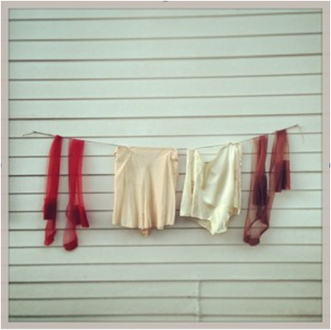 It’s that time of the month again! I mean, it’s that month again! It’s March. Spring is on the way, kites will be flying through the sky, flowers will be blooming and oh yeah- it’s also Women’s History Month. While sometimes overlooked, it’s never underdressed, for this is the time of year when our craving for style reaches an insatiable peak. We become flowers, budding and blooming, in our Easter dresses and darling spring outfits. Women’s fashion has always been, and I assume will always be, an ever-changing event. A moveable feast of colors, cloths, and even constraints, fashion is often a testament to the times that allows us to gain insight on the daily lives of our historic heroines. While what we wear represents our personality, line of work, or sense of style, it is what we wear under the entire attire that best tells our story. Did you know that women have been wearing bras for over six hundred years? Other types of torture devices have also made an appearance throughout women’s history. With the invention of corsets, women were able to cinch their waists and mutilate their bodies to fit into a fantastic array of heavily layered fabrics that became known as the dress. This process was very harmful and led to numerous miscarriages and dramatic fainting spells. Believe it or not, we still use them, perhaps not daily, but for special occasions. Over the years, fashion changed and women began to show a little more skin, paving the way for loosely-fitting and more comfortable clothing. With the advent of the ankle came the necessary movement to cover it up in a discreet but still presentable manner. Once something unseen, silk stockings began to be boasted outside of the boudoir. Skirts began to get shorter and shorter and fringy flappers were forced to rethink their bulky bloomers. Nylon paved the way for tight and form-fitting undergarments and clothing followed suit. While some women still preferred the older more conservative styles, the younger generations refused to go back to the “granny panty”. Underwear turned to outerwear for some as lingerie-clad women gained popularity in certain publications. At present, it sometimes looks as though some women have jumped from the pages of these magazines and are parading the streets as we speak. Most of the time, women are harboring some kind of satin secret whether it be a push-up bra or thong underwear. Currently, ladies are blessed with the miracle of Spanx, the existing garment of choice that has more comfortably replaced the corset. It’s amazing to look back and see the evolution of the daring feats of fashion, but it is more important to question what provoked these changes. Did the changes in women’s rights have an effect on our undergarments? Certainly our fashions reflect political and social changes, but we still manage to maintain our femininity. As more and more women began to “wear the pants” in their households, I believe it is safe to say that we’re all still wearing the panties. |
Categories
All
Archives
July 2024
|
Shoofly Magazine Partners
Our Shoofly Partners are local businesses and organizations who share our mission to enrich community life in Bay St. Louis, Waveland, Diamondhead and Pass Christian. These are limited in number to maximize visibility. Email us now to become a Shoofly Partner!

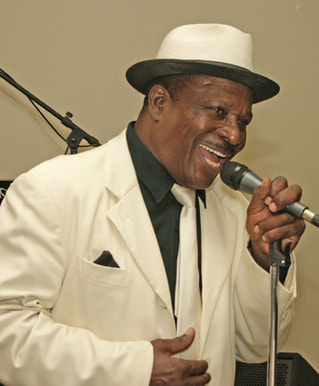

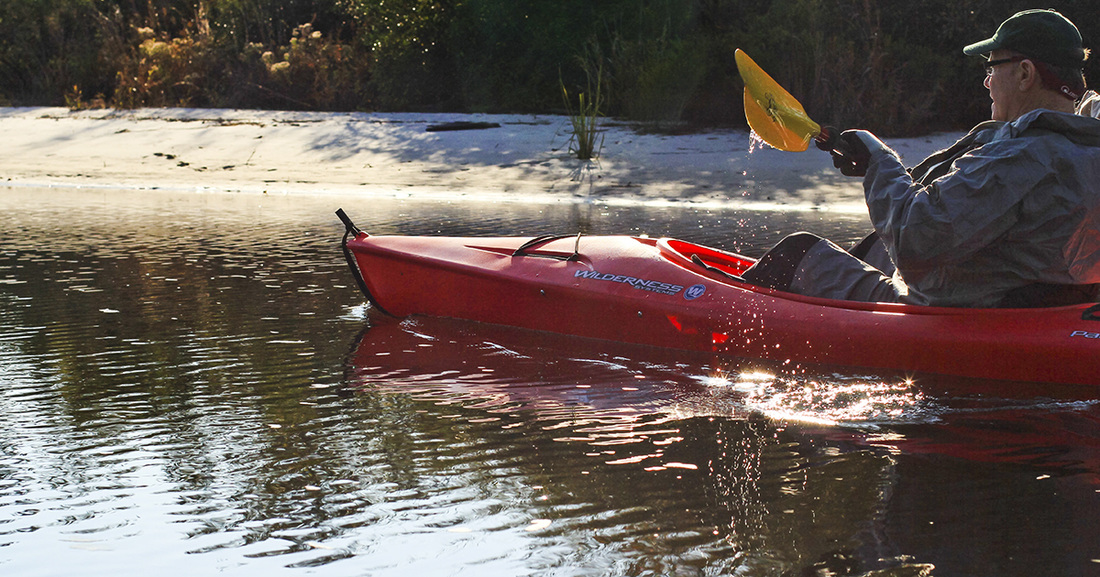
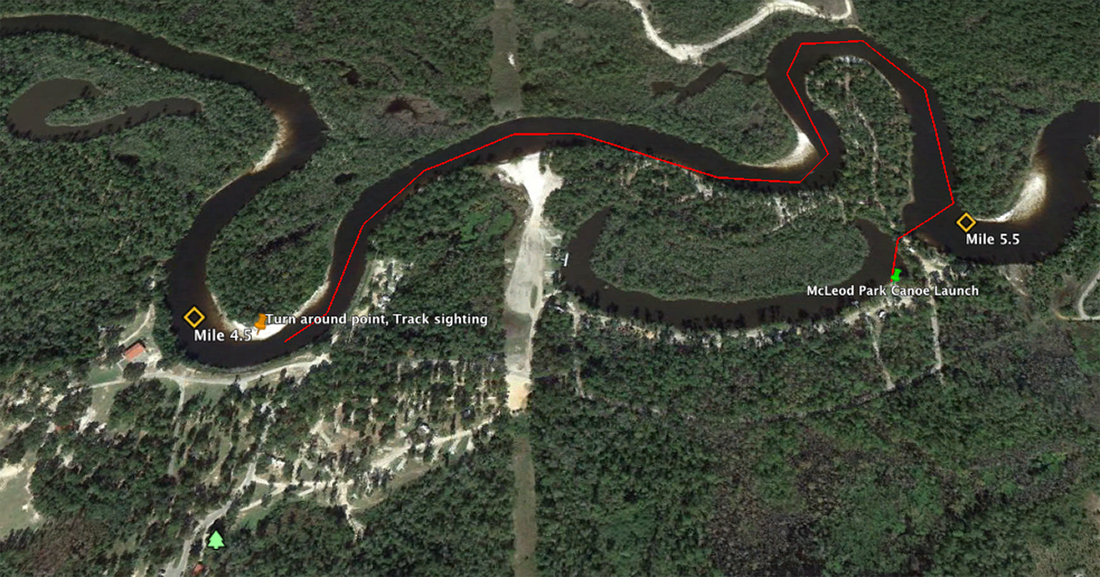
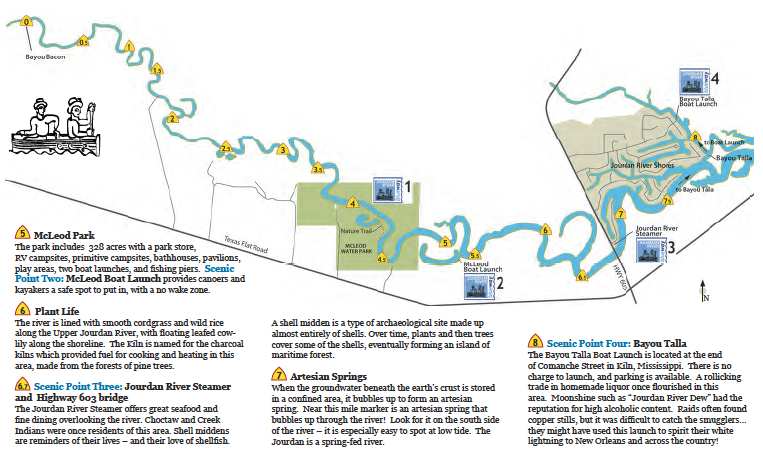

























 RSS Feed
RSS Feed























